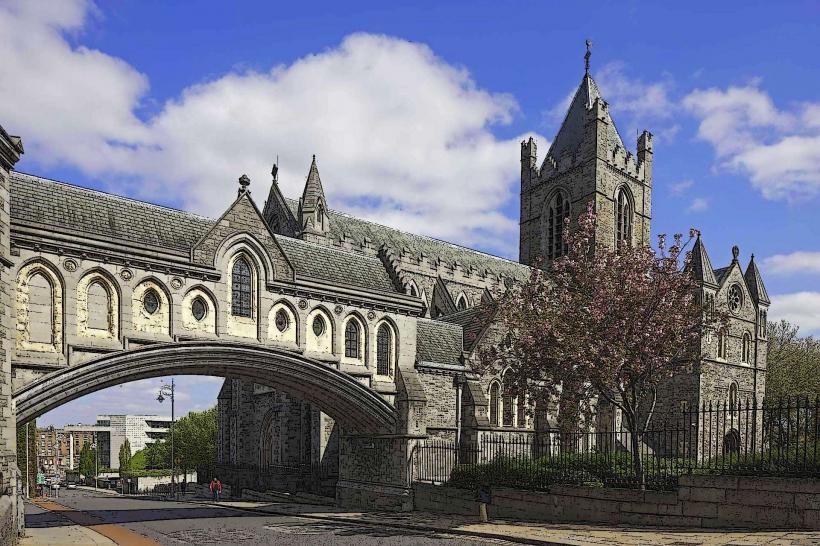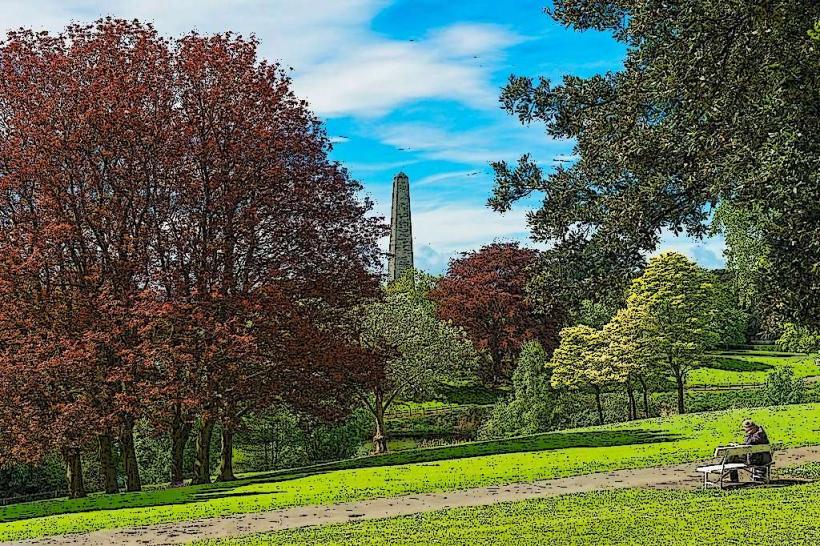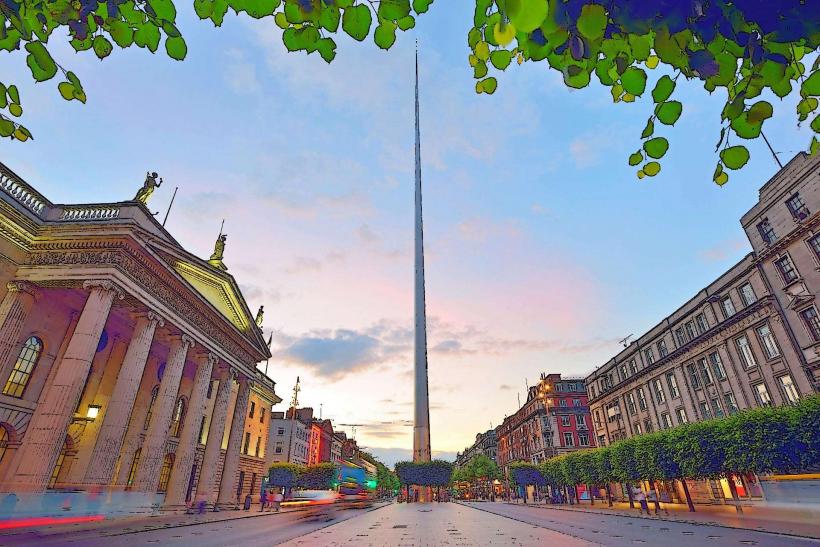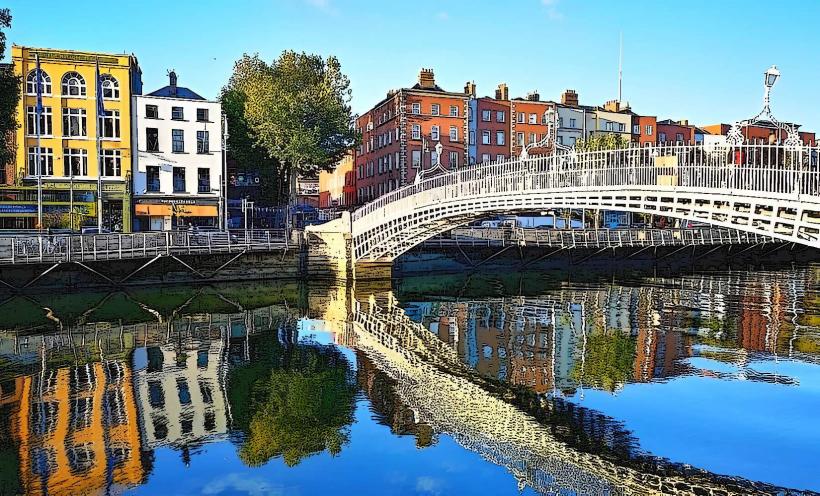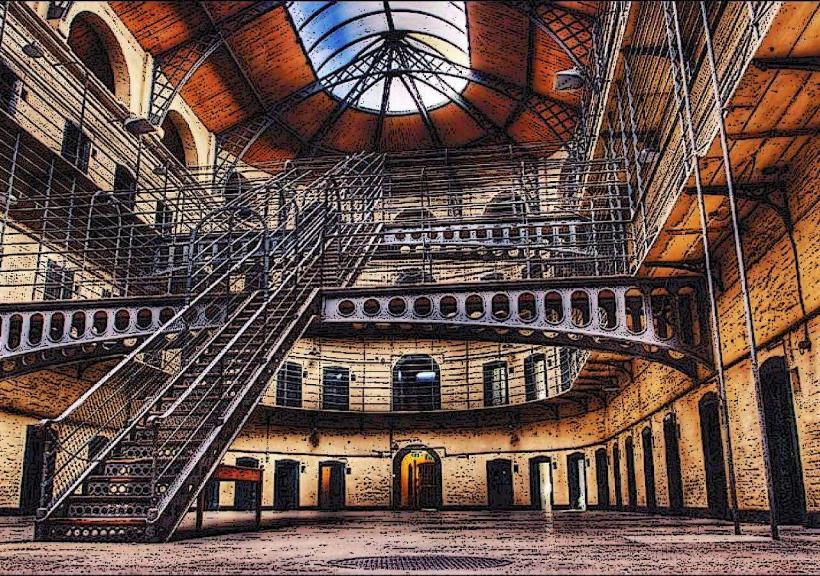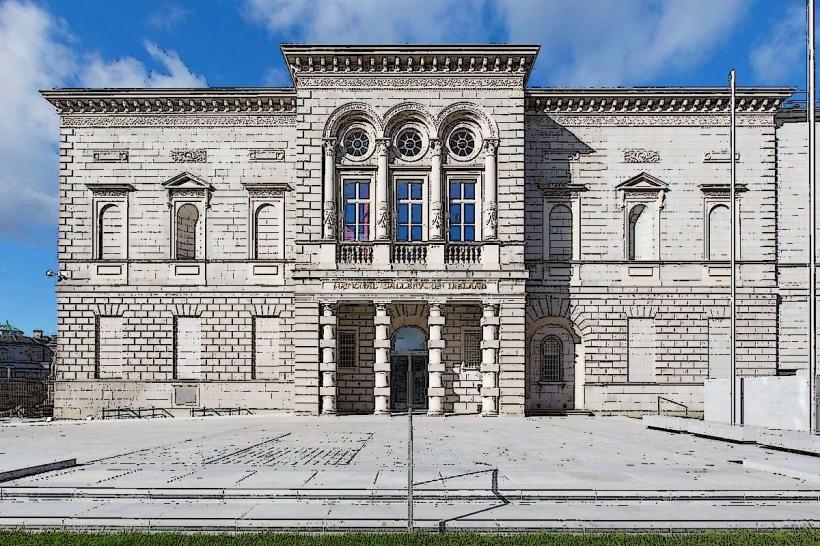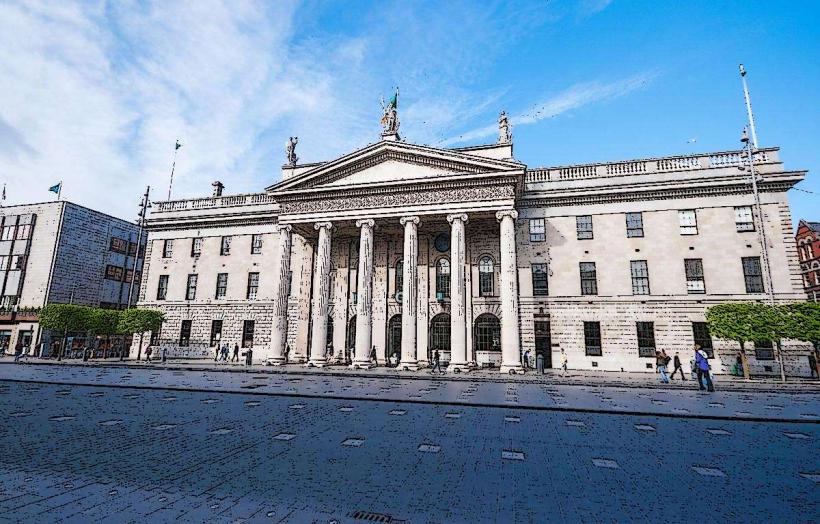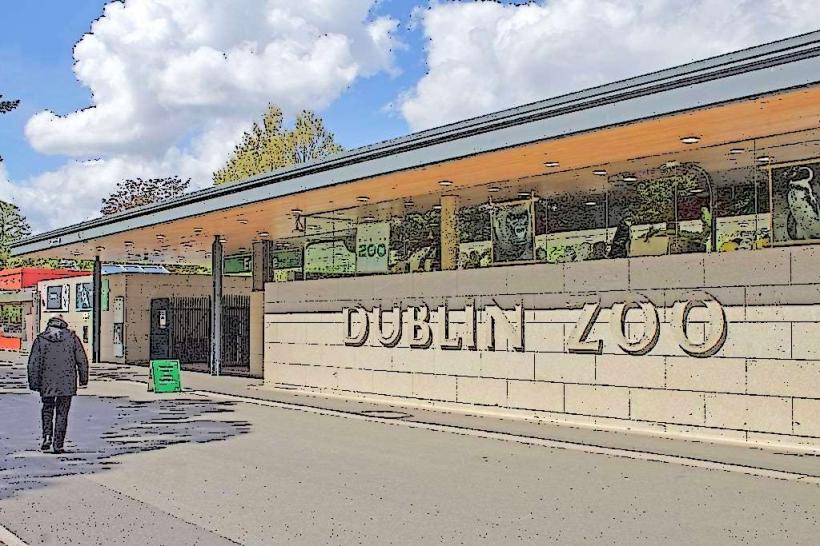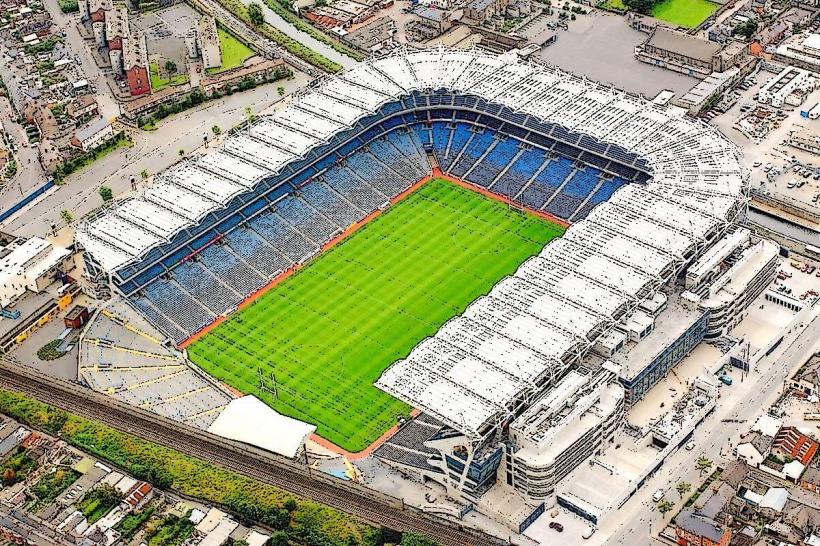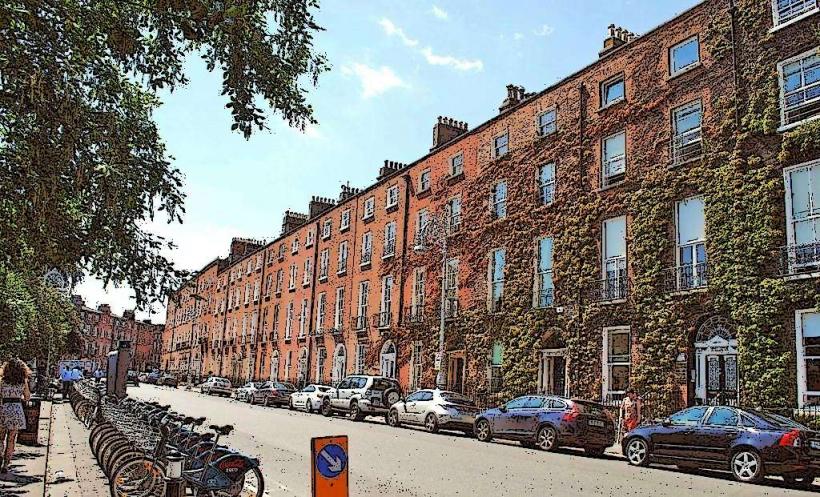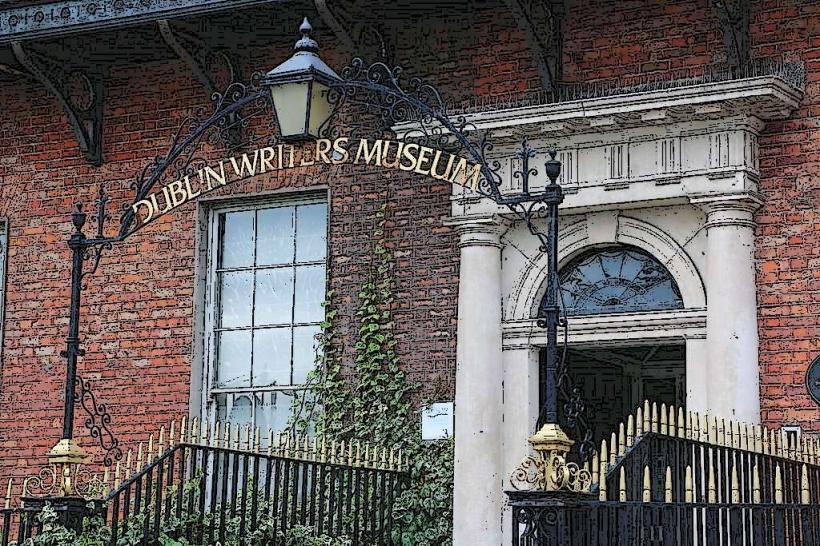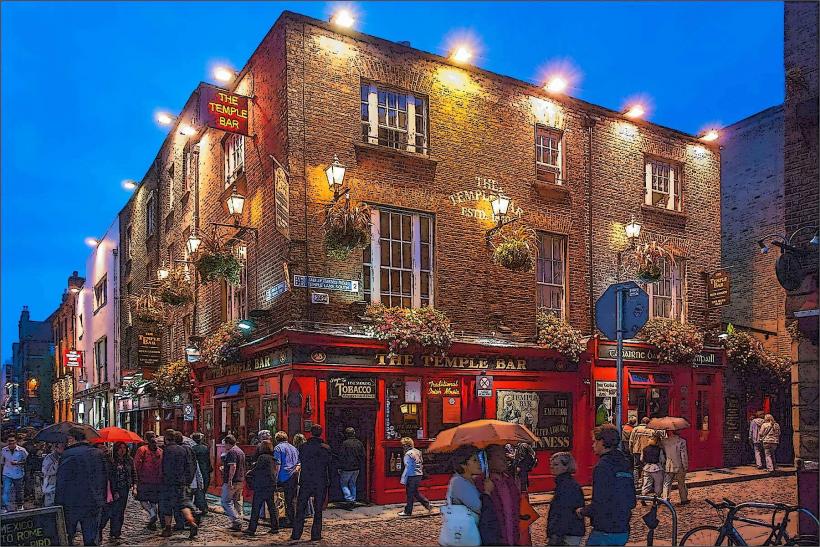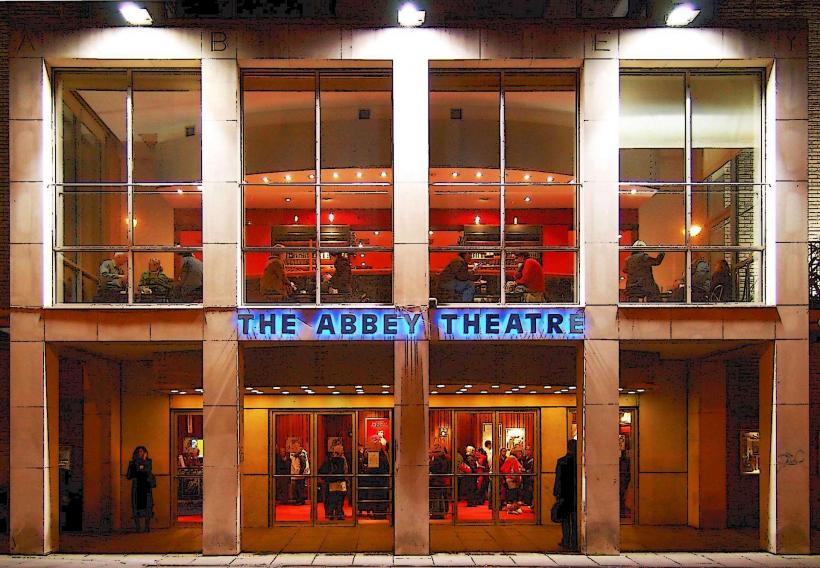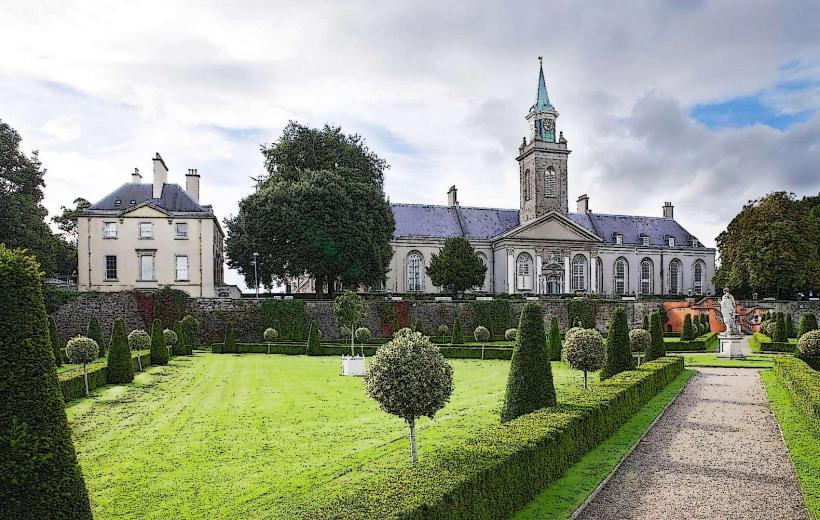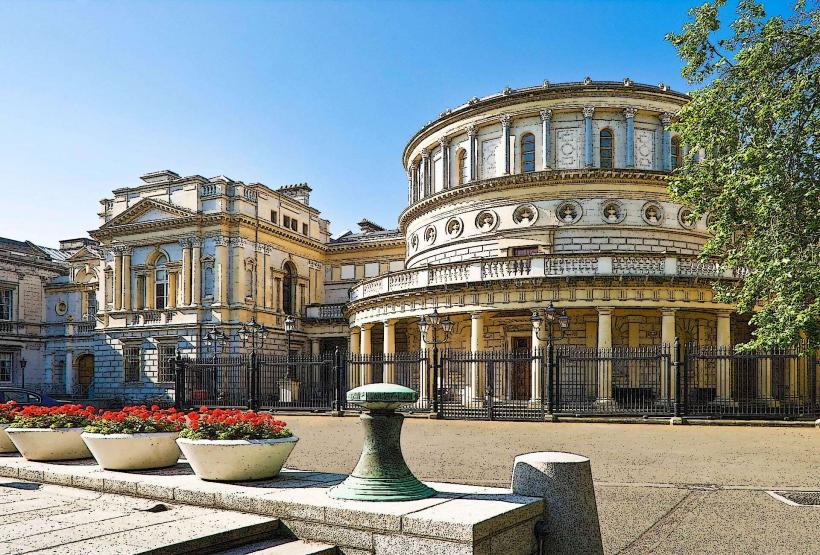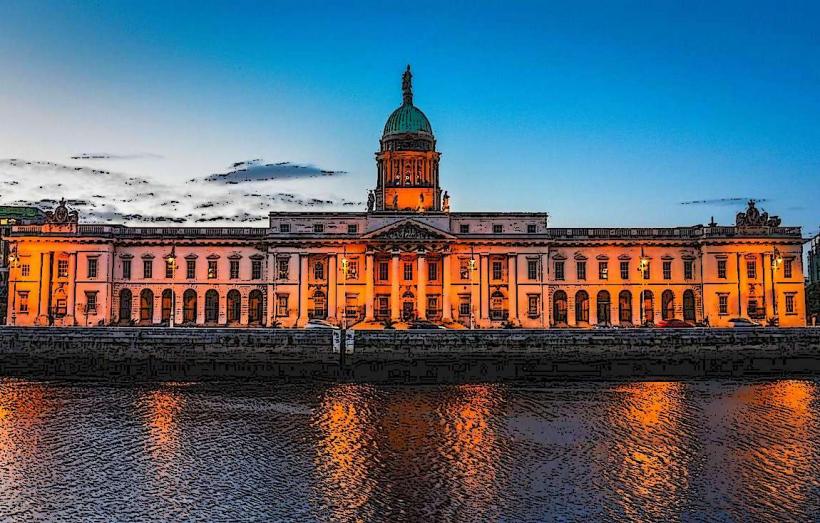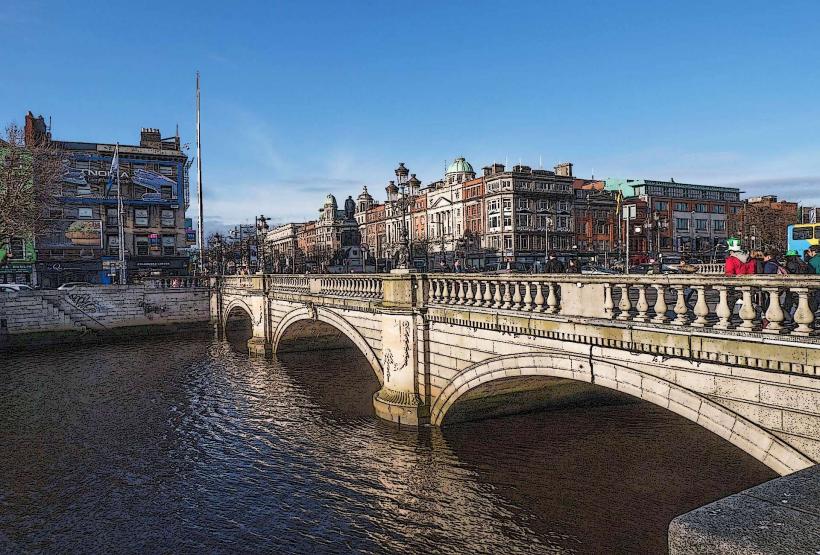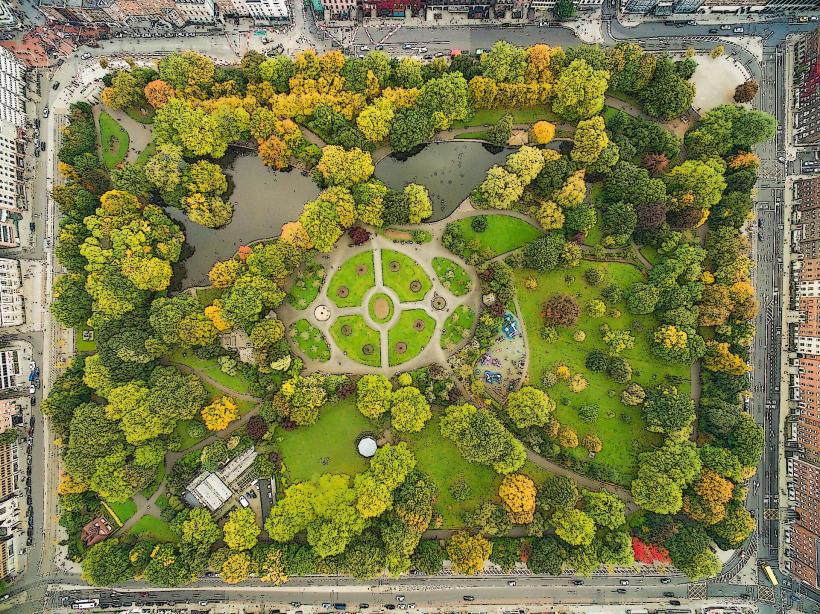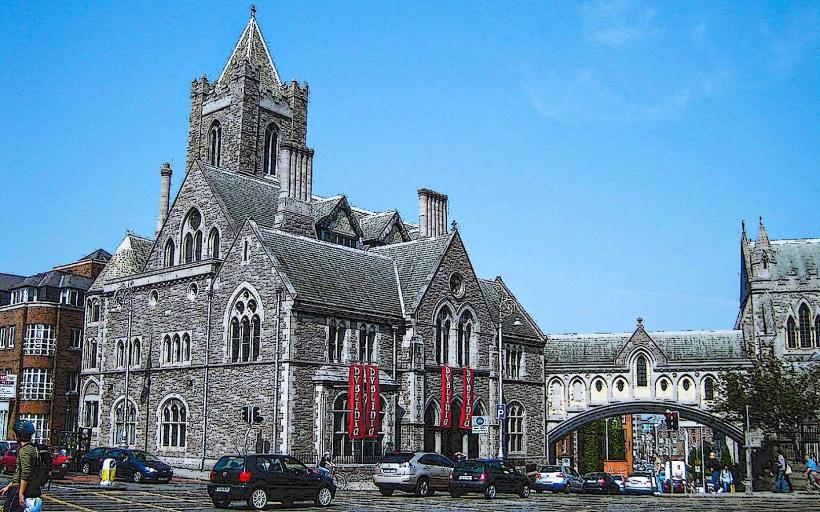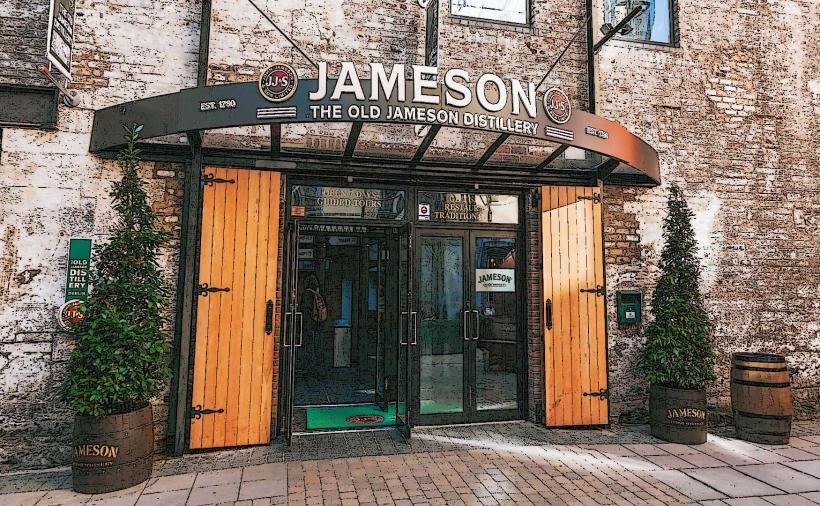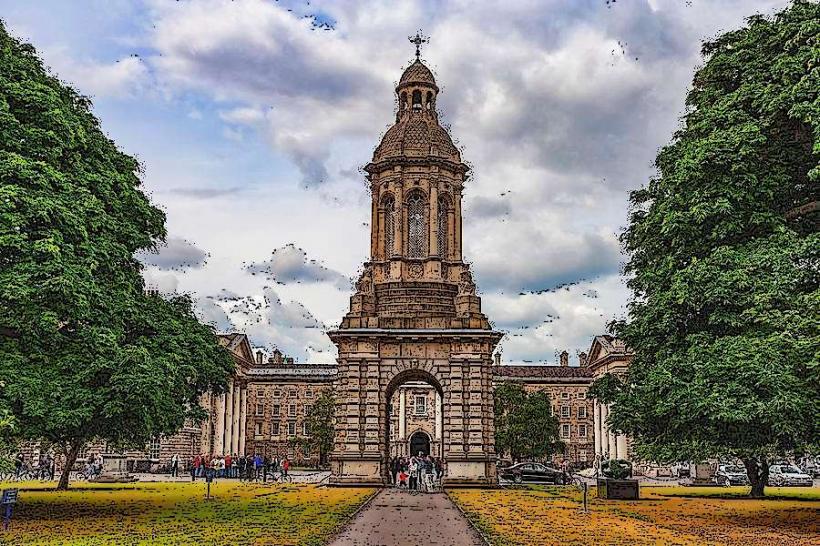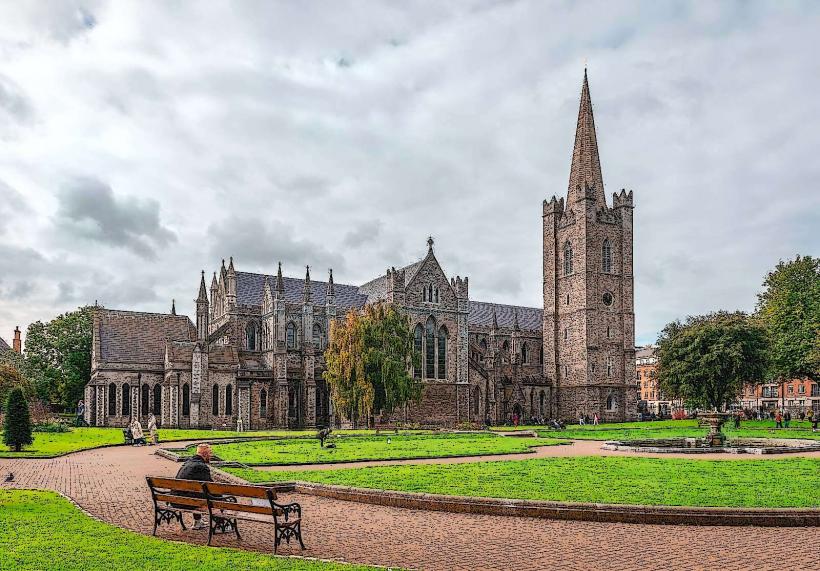Information
Landmark: Dublin CastleCity: Dublin
Country: Ireland
Continent: Europe
Dublin Castle is one of the most historically significant and architecturally impressive landmarks in Ireland, located in the heart of Dublin. Originally constructed in the early 13th century, Dublin Castle has played a central role in the political, administrative, and cultural life of Ireland for over 800 years. It has served a variety of functions throughout its history, from a royal residence to a seat of British government in Ireland, and today it is a major cultural and historical site.
History of Dublin Castle
Dublin Castle was built by King John of England in 1204 to establish a stronghold for the English crown in Ireland. It was strategically positioned at the center of Dublin, at the site of a former Viking fortress, and was intended to represent English authority in the region. Over time, the castle became the seat of English rule in Ireland, and it was from here that the Lord Deputy (the English monarch’s representative in Ireland) governed the country.
Throughout the centuries, the castle has undergone several changes, both in terms of its physical structure and its political role. Some of the key historical moments include:
- 14th Century: The castle was expanded, and defensive walls were constructed to protect it from Irish uprisings and attacks. The Record Tower, the oldest part of the current castle, was built during this period.
- 16th and 17th Centuries: Dublin Castle became the headquarters for the English government in Ireland. It was a symbol of English control, and various royal figures, including Queen Elizabeth I and King James I, visited the castle during their reigns.
- 1700s: The castle was further developed and refurbished in a more Georgian style. The State Apartments, which were used for royal ceremonies, became more opulent, and the castle’s role as the administrative heart of Ireland was solidified.
- 1922: After Ireland gained independence in 1922, Dublin Castle was handed over to the new Irish government, marking the end of British rule in Ireland. The last British official to leave the castle was Sir Henry Wilson, the Lord Lieutenant of Ireland.
Architectural Features of Dublin Castle
Dublin Castle is an architectural blend of medieval, Georgian, and Victorian styles, with several distinct sections and buildings, each with its own historical significance.
The Record Tower: The oldest surviving structure in Dublin Castle, built in the early 13th century, the Record Tower was part of the original medieval castle. It was used to store royal documents and records, and it remains a symbol of the castle’s medieval past.
The State Apartments: These grand rooms were used for official functions and ceremonies. They are decorated with fine furnishings, artwork, and historical objects. Key rooms include:
- St. Patrick's Hall: A large ceremonial room that hosts state events, including presidential inaugurations and receptions for visiting dignitaries.
- The Throne Room: A lavishly decorated room that was used for official royal functions and is a testament to the grandeur of Dublin Castle during the British period.
The Chapel Royal: Built between 1814 and 1818, the Chapel Royal is an example of neo-Gothic architecture and was designed to be a place of worship for the British royal family and their representatives in Ireland. The chapel is famous for its stunning stained glass windows and high vaulted ceiling.
The Dubh Linn Garden: The Dubh Linn Garden, named after the original “dark pool” (Dubh Linn) that was located on the site, is a beautifully landscaped area that provides a serene retreat in the midst of the castle complex. The garden was created in the 18th century and is a popular spot for visitors today.
The Undercroft: The underground level of Dublin Castle is a fascinating area, housing a series of medieval vaulted chambers. These rooms were originally used for storage, and some still feature remnants of the original stonework and medieval design.
The Garda Memorial Garden: Located to the south of the castle, this memorial honors members of the Irish Garda Síochána (police force) who have died in the line of duty.
Dublin Castle as a Cultural and Political Center
Today, Dublin Castle is not just a historical monument but also an important cultural and civic center.
Government Functions: While it no longer serves as the seat of government, Dublin Castle remains the venue for key Irish state functions, including presidential inaugurations, state banquets, and international diplomatic events. The State Apartments are frequently used for these formal gatherings.
Public Tours and Exhibitions: Dublin Castle is a major tourist attraction and hosts a variety of public tours, which allow visitors to explore the history, art, and architecture of the site. Special exhibitions, lectures, and cultural events are regularly held in the castle, showcasing Ireland's rich heritage.
Dublin Castle and the Irish Presidency: A significant moment in modern Irish history took place at Dublin Castle in 1938 when the Irish Constitution was signed into law by the first President of Ireland, Douglas Hyde. This event symbolized Ireland’s newfound independence and the end of British rule.
Cultural Venues: Dublin Castle houses several cultural institutions, including The Chester Beatty Library, which holds an impressive collection of manuscripts, books, and artwork from Asia, the Middle East, and beyond.
Significance of Dublin Castle in Modern Ireland
Dublin Castle is a symbol of Ireland’s complex history, representing both its centuries of British rule and its journey toward independence. It stands as a reminder of the country's political and cultural evolution and continues to play an important role in the modern nation. Whether serving as the backdrop for Irish state ceremonies or as a cultural venue, Dublin Castle remains an enduring symbol of the country's national identity.
For visitors, Dublin Castle offers an opportunity to explore Ireland’s past and present in one of the most historically rich settings in the country. It represents the intersection of Ireland’s medieval roots with its more recent history as a free republic.

